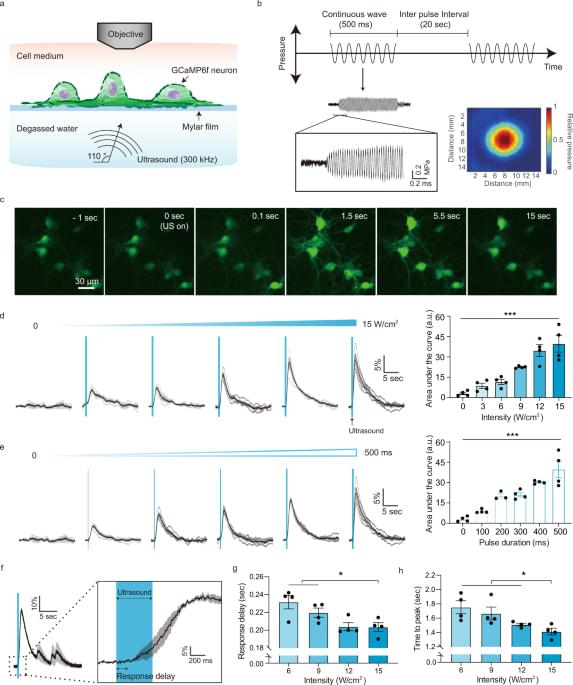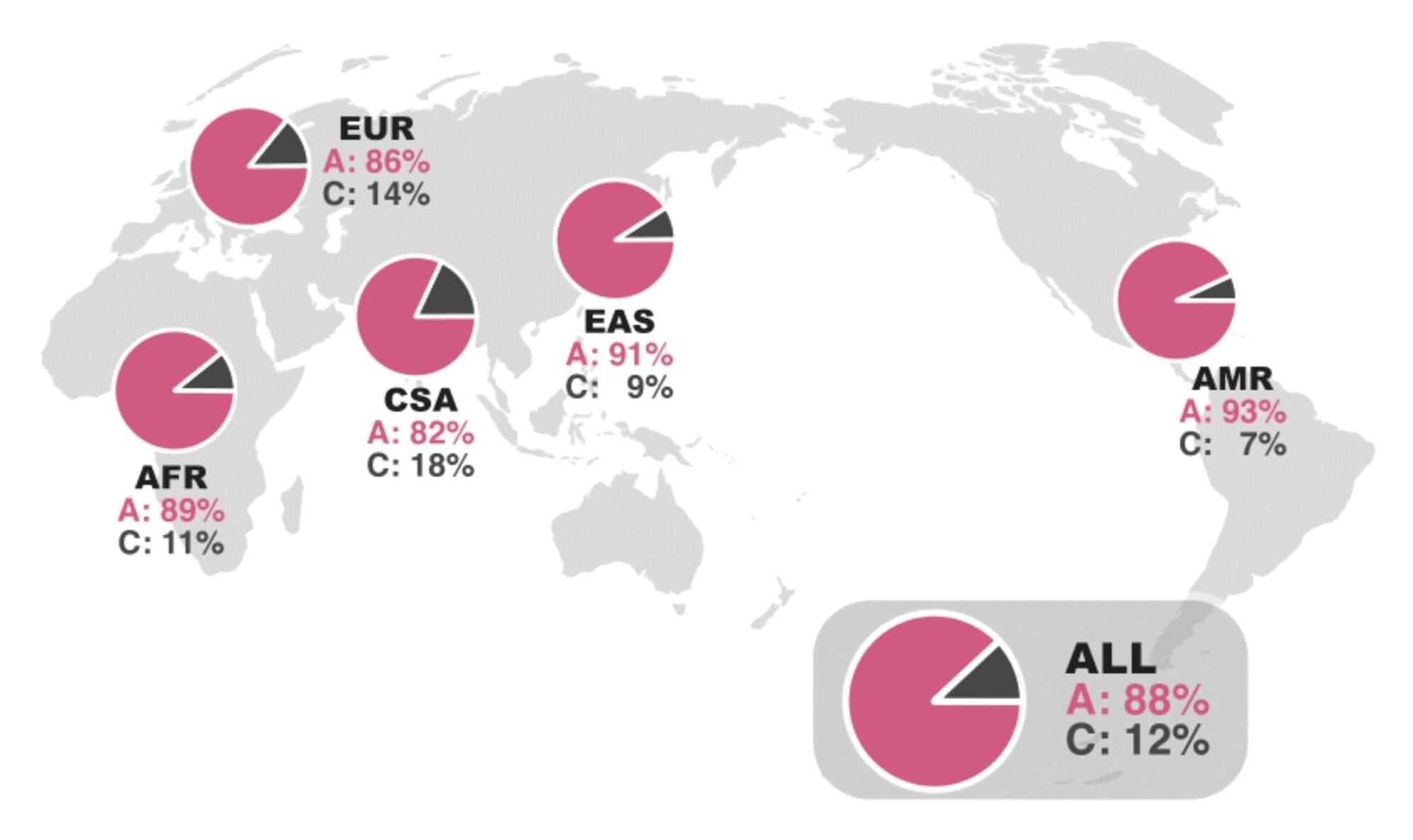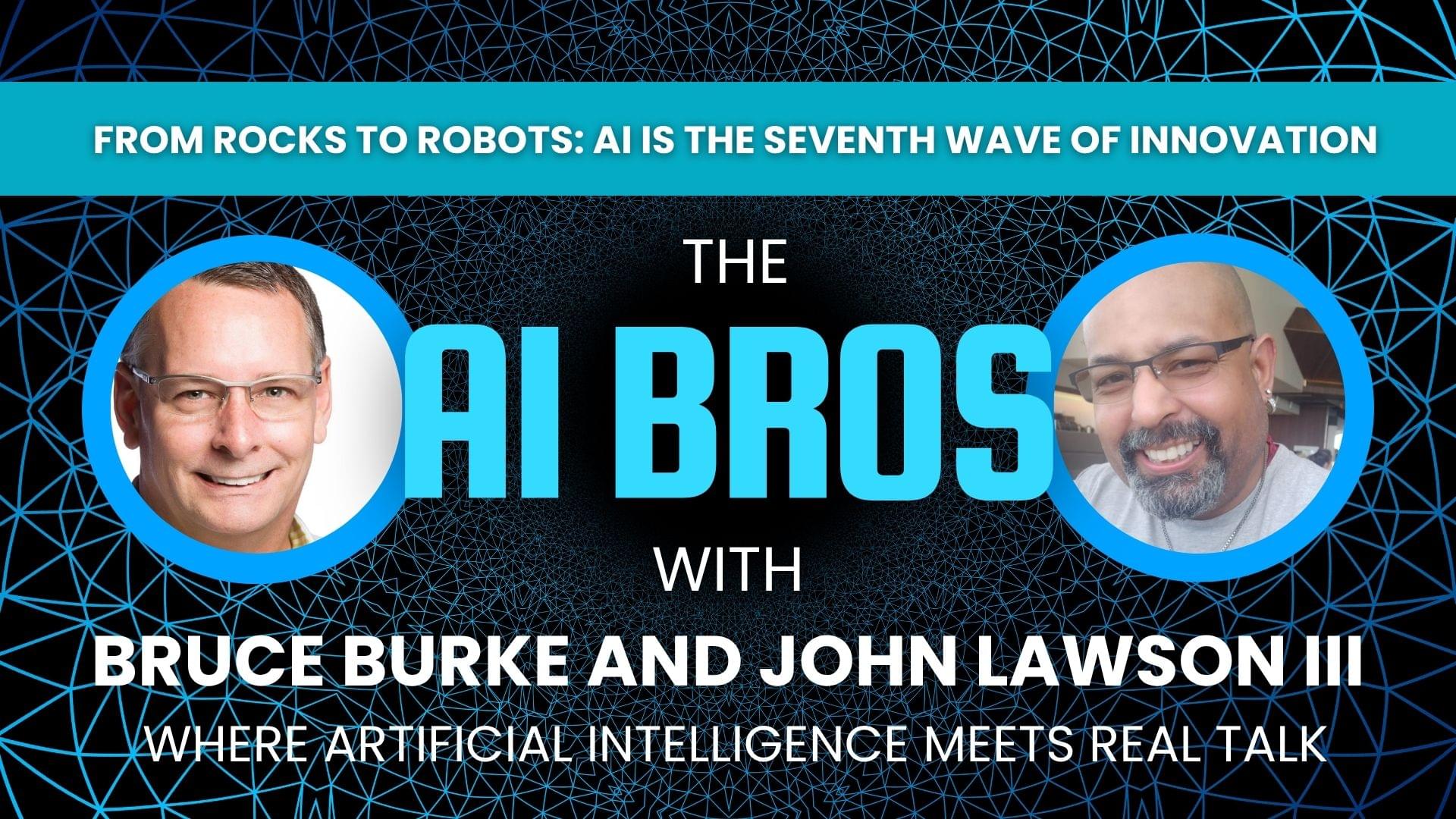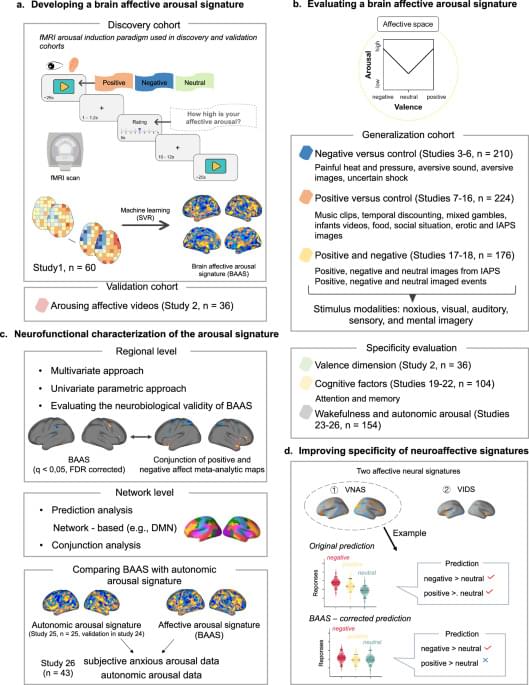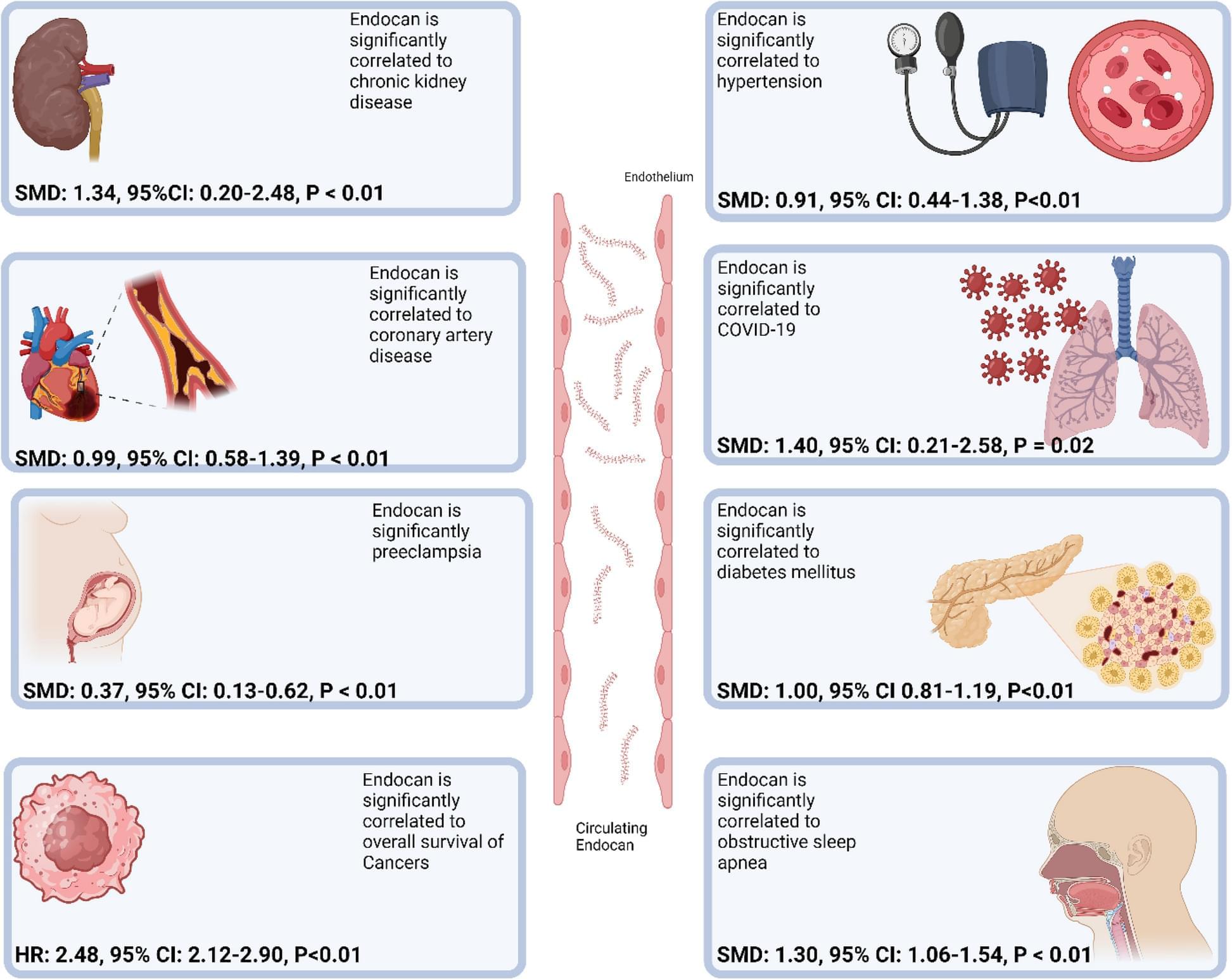In recent years, endocan has emerged as a potential biomarker in various medical conditions. This multifaceted molecule, involved in key processes such as inflammation and endothelial dysfunction, has shown promise in predicting disease progression and therapeutic response across a spectrum of pathologies. However, the heterogeneity of studies and the complexity of endocan’s role in different diseases necessitate a comprehensive review. This umbrella review aimed to systematically synthesize and evaluate the evidence from multiple meta-analyses, offering a view of endocan’s effectiveness as a predictive biomarker in medical diseases.
An extensive search was carried out on March 12, 2024, using the following four databases: PubMed, Scopus, Web of Science, and Cochrane Library. The goal was to identify meta-analyses that assess endocan’s predictive efficacy. The pooled effect size and its 95% confidence interval were taken out of each discovered meta-analysis. Furthermore, power analyses were performed to assess the robustness and dependability of the results. An additional GRADE assessment was carried out to gauge the epidemiological reliability of the findings.
In the final analysis, 12 meta-analyses were included in the current umbrella review. The results showed that there is a significant correlation between a higher endocan level and COVID-19 (SMD: 1.40, 95% CI 0.21–2.58, P = 0.02), followed by chronic kidney disease (SMD: 1.34, 95% CI 0.20 to 2.48, P 0.01), obstructive sleep apnea (SMD: 1.30, 95% CI 1.06–1.54, P 0.01), diabetes mellitus (SMD: 1.00, 95% CI 0.81 to 1.19, P 0.01), coronary artery disease (SMD: 0.99, 95% CI 0.58–1.39, P 0.01), hypertension (SMD: 0.91, 95% CI 0.44–1.38, P 0.01), and preeclampsia (SMD: 0.37, 95% CI 0.13–0.62, P 0.01).
